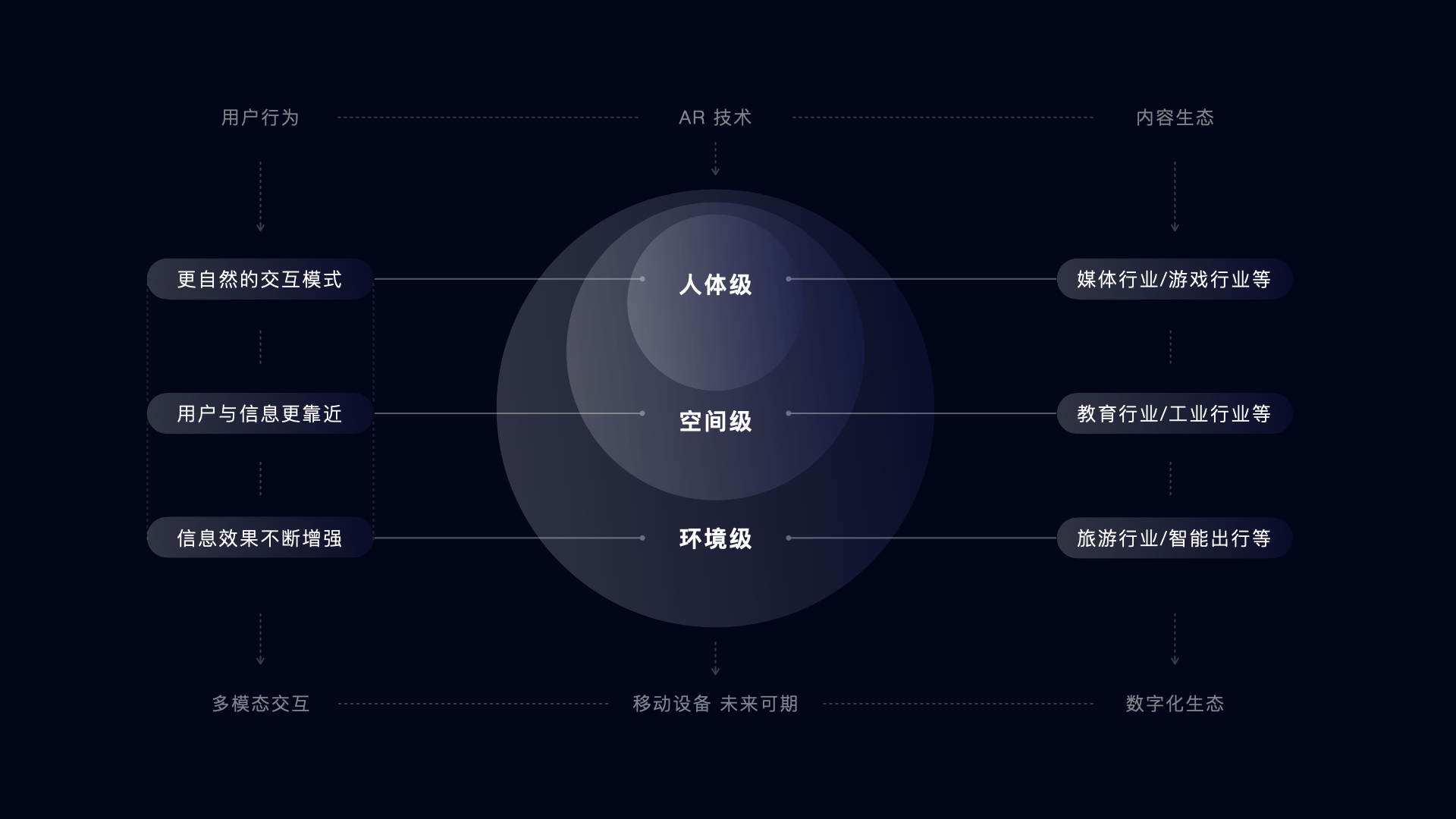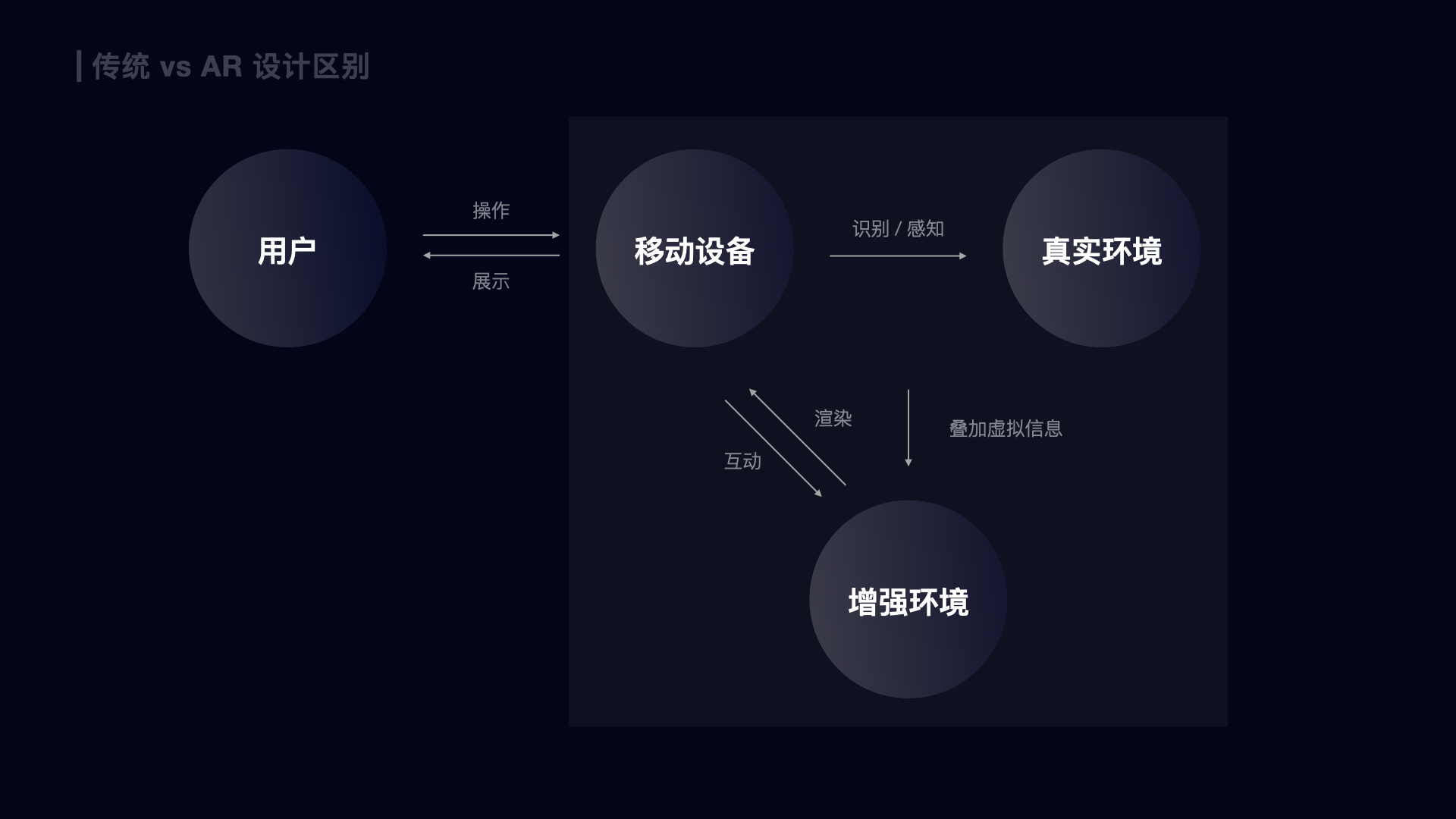-
 Jane Chen
Baidu TPG
Senior Interactive Designer
Jane Chen
Baidu TPG
Senior Interactive Designer
Present senior interactive designer of Baidu TPG User Experience Division, also person in charge of Baidu input/AR interaction, engaged in user experience for 6 plus years, with rich experience in user experience design and team management in ToB and ToC products and AR sectors. Good at designing and studying mobile-end space AR and environment AR. In Mobile Phone-based Space AR Interactive Design Guidelines, a whitepaper released at CREATE 2019, “AR restoration of Dashuifa Site in Yuan Ming Yuan” designed by Chen was granted Best Social Value Award, design concept: to seek the best design solutions, explore multimodal interactive design.
AI Aided Navigation Products be Smarter and More User-Friendly
A problem facing navigation products is the weakness and instability of users’ mobile phone signals. In the AI era, with promotion of technical and algorithm capabilities, can we help users rapidly and efficiently reach their destinations in any strange place?
Driven by AI technology, what should interactive designers do to utilize AI to serve the users? How to optimize the interactive design of navigation products to meet different user demands? We have found some methods upon exploration and practices. AI technical capability will enable users with big scenario environment perception and allow them to experience diversified navigation/navigated viewing/navigated shopping.
This workshop will help interactive designers to understand smart navigation in the AI era, help interactive designers, who are willing to turn to design AR products, to complete their knowledge system; new-comers to develop AI design ideas; and visual and product designers to master knowledge on AI interactive design and promote their career competitiveness.
This workshop’s core contents:
1. AI drives changes in life
1.1 Smart technology promotes life quality: auto drive and smart navigation, smart home, smart AR shopping
1.2 Diversified kinds of navigation: auto navigation of driverless cars, vehicle and road collaboration, indoor and outdoor integrated navigation
1.3 AI technology’s influencing factors on navigation experience: environment, sunlight, voice, line of action, etc.
2. AI experience at multiple device ends
2.1 Environmental perception: mobile phones, PAD, glasses, among other devices to build perception over scenario environment
2.2 User recognition: build user recognition of AI navigation, and meet the operational expectations
2.3 Experience upgrading: multimodal man-machine interaction via text, vision, action, environment and voice
3. Innovative smart navigation experience
3.1 Case analysis: Baidu VPAS indoor navigation design
3.2 Case analysis: AR digital man/car navigation design
3.3 Design principles at different device ends: guiding principles of terminal ends design, guiding principles of car-end design
1、Contents of the workshop
2、Environment faced: Relationship among AI technology & diversified devices & user experience
3、Design methodology: smart navigation interaction design methodology and design principle
4、Analysis of design cases: Baidu VPAS indoor navigation, digital man- and car-loaded navigation
5、Group exercise: grouping, topic exploration (multimodal man-machine interaction), group discussion, case design, result display
6、Open-end Q&As: Awarded Q&A interaction and communication
7、Sum-up and review
1、Primary/intermediate interaction designers
2、Primary/intermediate visual designers
3、Primary/intermediate experience designers
4、Other practitioners in the AR industry, and people who are interested in AR
5、People who are interested in AR systematic design thinking
1、Help primary/intermediate interaction designers to deepen their understanding of component-based design, develop design systems and design thinking, and complete their knowledge system
2、Understand the AR system in multiple dimensions, build man-machine connection from technical characteristics, create natural man-machine interaction experience, and explore the development direction of multimodal interaction
-
 The design and application based on AR technology capability
The design and application based on AR technology capability
-
 Traditional design vs. AR design
Traditional design vs. AR design
-
 Space level- Placement of AR design experience node and design derivation
Space level- Placement of AR design experience node and design derivation
-
 Environmental level - AR restores Dashuifa of the Old Summer Palace design node
Environmental level - AR restores Dashuifa of the Old Summer Palace design node
-
 Environmental level - Dynamic effect derivation of AR restoring Dashuifa of the Old Summer Palace design
Environmental level - Dynamic effect derivation of AR restoring Dashuifa of the Old Summer Palace design
-
 Navigation Case - Indoor navigation identification derivation based on VPAS technology
Navigation Case - Indoor navigation identification derivation based on VPAS technology








